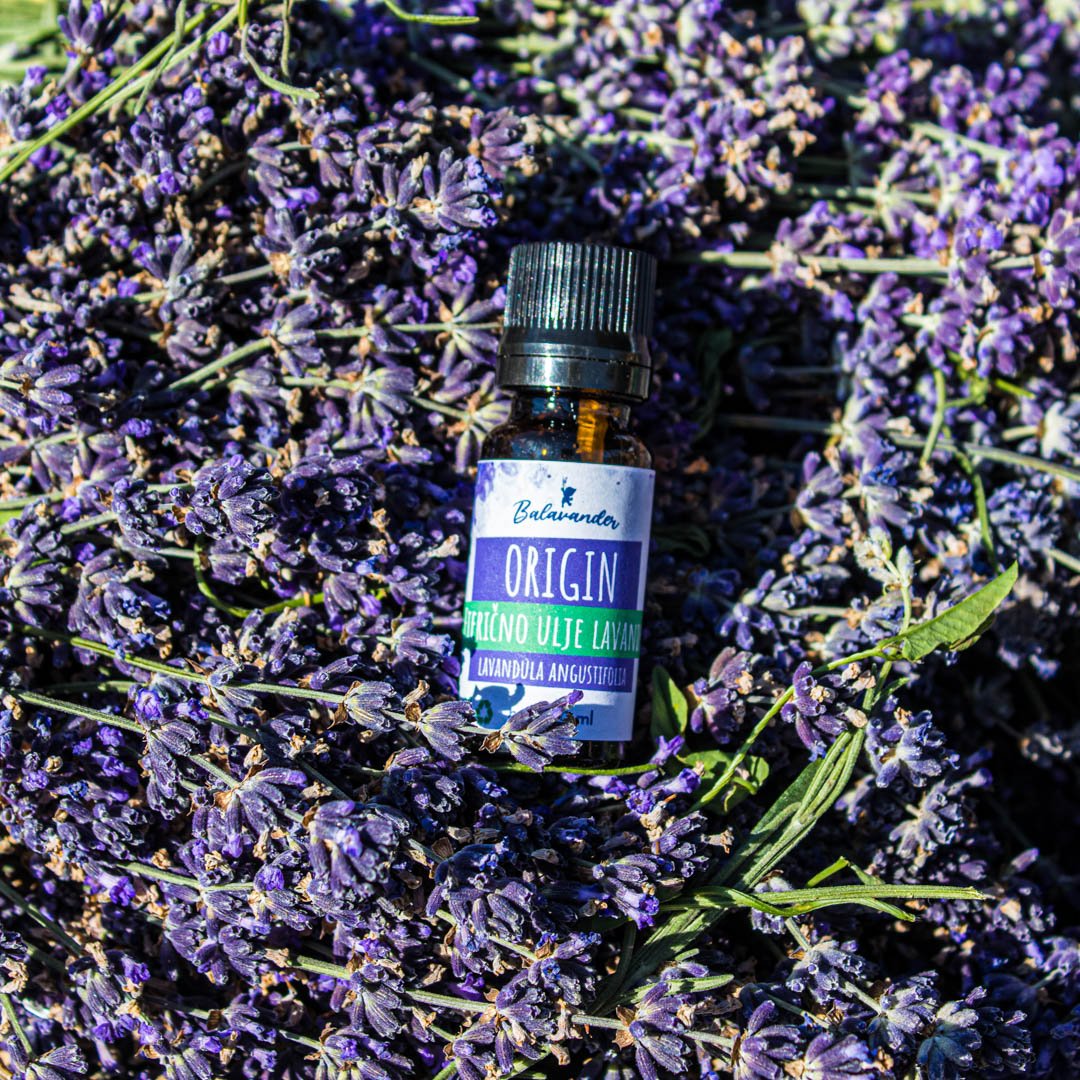
In this text we will try to bring you closer to the healing properties of the magic called: lavender oil.
We will try to bring you closer to different types of oils, their main properties as well as their application, method of production and how to choose the best type of lavender oil for yourself and your needs.
Table of content
Lavender essential oil
Lavender essential oil is a gift of nature that offers numerous benefits for your physical and mental well-being. This oil is known for its calming effect and wide range of applications. Learn how you can use lavender essential oil to improve your health and enjoy a peaceful, relaxing experience.
Healing properties
Lavender essential oil and its properties are the subject of many scientific studies and its healing properties are scientifically proven with great certainty.
Resolving anxiety
You are surely wondering how lavender helps with social anxiety. But let's first understand what lavender is.
Lavandula angustifolia is also known as English lavender and most commonly grows in the Mediterranean region.
Throughout history, lavender was used in ancient Egypt for mummification of pharaohs, for bathing in Greece and Rome, as well as for treating mental illnesses.
Today, lavender is traditionally used as a folk remedy for relaxation, alleviating insomnia, nervousness, headaches or depression.
In one interesting study Physiology & Behaviour from 2005 on a sample of 200 people who have fear of dentists, scientists in a dental office gave subjects to inhale the scent of lavender. It was observed that the subjects greatly reduced nervousness in their behavior and that anxiety was drastically reduced, and their mood improved.
In another study from 2012. Complementary Threapies in Clinical Practice it was shown how aromatherapy with lavender oil reduces postpartum anxiety in women. The study included 28 women who had given birth in the previous 18 months. Scientists found that postpartum depression and anxiety were drastically reduced in these women. They applied aromatherapy with lavender oil for 15 minutes, twice a week for a month, and the results are fantastic.
Resolving insomnia problems
Several studies have shown how lavender oil improves sleep and reduces problems with insomnia and sleeplessness.
In a study from 2015. Journal of Complementary and Alternative Medicine it was shown how the combination of sleep hygiene techniques and lavender oil therapy helped student participants to fall asleep faster and easier. The study involved 79 students, who reported that their insomnia problem improved after inhaling lavender oil before sleep.
Research Holistic Nursing Practice from 2018 confirms the positive effect of lavender oil on better sleep. In this study, 30 nursing home residents used lavender oil as therapy, thereby solving insomnia problems, even in old age.
Side effects of essential oil
Pure lavender essential oil is extremely concentrated and has a very strong scent. It is not recommended to apply essential oil directly to the skin because it can cause skin irritations or allergic reactions.
It is also not recommended to orally consume lavender essential oil, unless it is prescribed by medical professionals as therapy, because it can cause headache, dizziness and nausea.
How to use lavender essential oil
Just as there are many benefits that lavender oil offers, so there are many ways in which it can be used.
Usually this oil is applied to the skin or hair on specific areas, but the method of application is a matter of habit.
It is always recommended to dilute pure lavender essential oil with some base plant oil, in order to avoid irritations or allergies, due to the high concentration of lavender oil.
When it comes to skin, lavender oil almost always needs to be diluted. Like this diluted oil is used to reduce irritations or inflammatory processes on the skin. Diluted oil can be used as a lotion, once or twice during the day.
Also, you can massage a few drops of diluted lavender oil into the scalp before washing your hair or pour a few drops of oil into the shampoo you use, to make your hair healthier and shinier.
If you have a problem with anxiety or insomnia, a proven way to solve or alleviate this problem is pouring a few drops of lavender essential oil into a diffuser.
A diffuser is a small device that disperses oil particles into the air, which enables easier inhalation.
If you don't have this device, don't worry, just inhale the scent of lavender essential oil a few times before sleep, and you will notice how gently and softly you drift into sleep.
Lavender oil is perfect for relaxing baths and relaxing moments. Pour just a few drops of lavender essential oil into the bathtub and let all worries be forgotten for at least a few minutes.
Oils for skincare
Botanic - lavender hydrosol
400 RSD
Essential oils
Origin - lavender essential oil
495 RSD
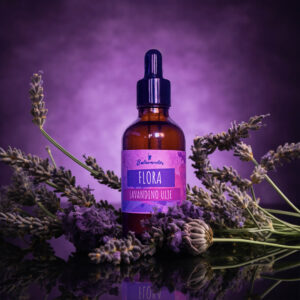
- Select options This product has multiple variants. The options may be chosen on the product page
Oils for skincare
Flora - Lavender - Skin serum
1 RSD
Select options This product has multiple variants. The options may be chosen on the product page
How to make lavender oil?
Lavender distillation process
How exactly is lavender oil distillation performed?
If you have ever steamed some vegetables, you can probably understand how the distillation process is performed.
We often have a tendency to observe some final product and admire its beauty, while neglecting the science and knowledge that lies behind it.
To get a quality product, besides knowledge, a little creativity and skill is also needed.
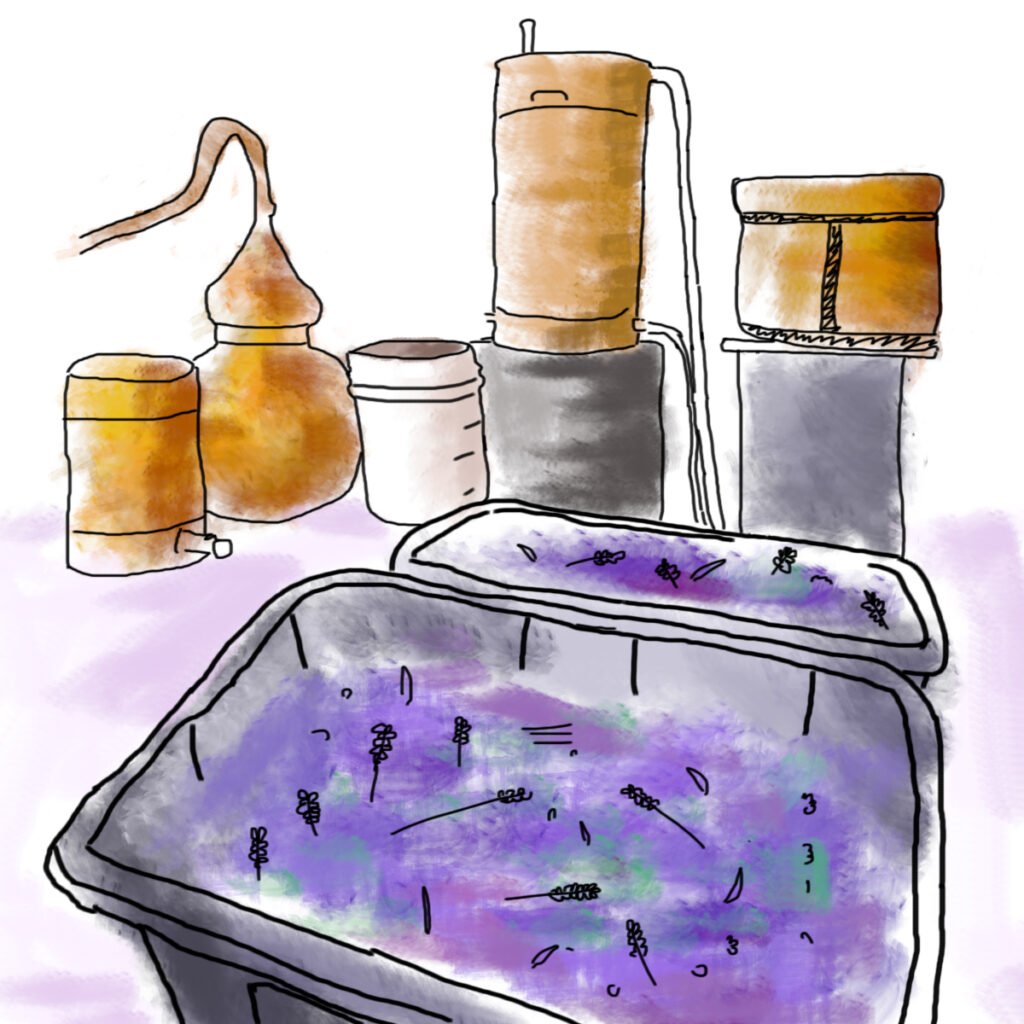
Preparation of the distillation process
Obtaining lavender oil takes place in a process called steam distillation.
Besides this method of distillation, there is also so-called water distillation. Steam distillation is much better than water distillation, because with water distillation reflux occurs, i.e. loss of essential oils in waste water. Therefore, water distillation should be used only if it is necessary, such as for distillation of delicate flowers, like rose flowers or if the plant material is in powder form (dried sandalwood).
Plant material in steam distillation does not come into contact with water, so this method of distillation is far more efficient and ensures a higher quality final product.
For the steam distillation process we need a boiler or some similar copper vessel. The upper partition inside the boiler, in which the plant material is located, needs to be adjusted to the appropriate height depending on the size of the boiler. In the case of a 300-liter boiler, the partition is adjusted to 25 cm from the bottom of the boiler.
After that, it is necessary to fill the boiler with water up to the partition with the plant material.
The lavender that will be used in the distillation process is placed above the partition, in this way it is ensured that the plant material does not touch the water or get damaged due to high temperatures.
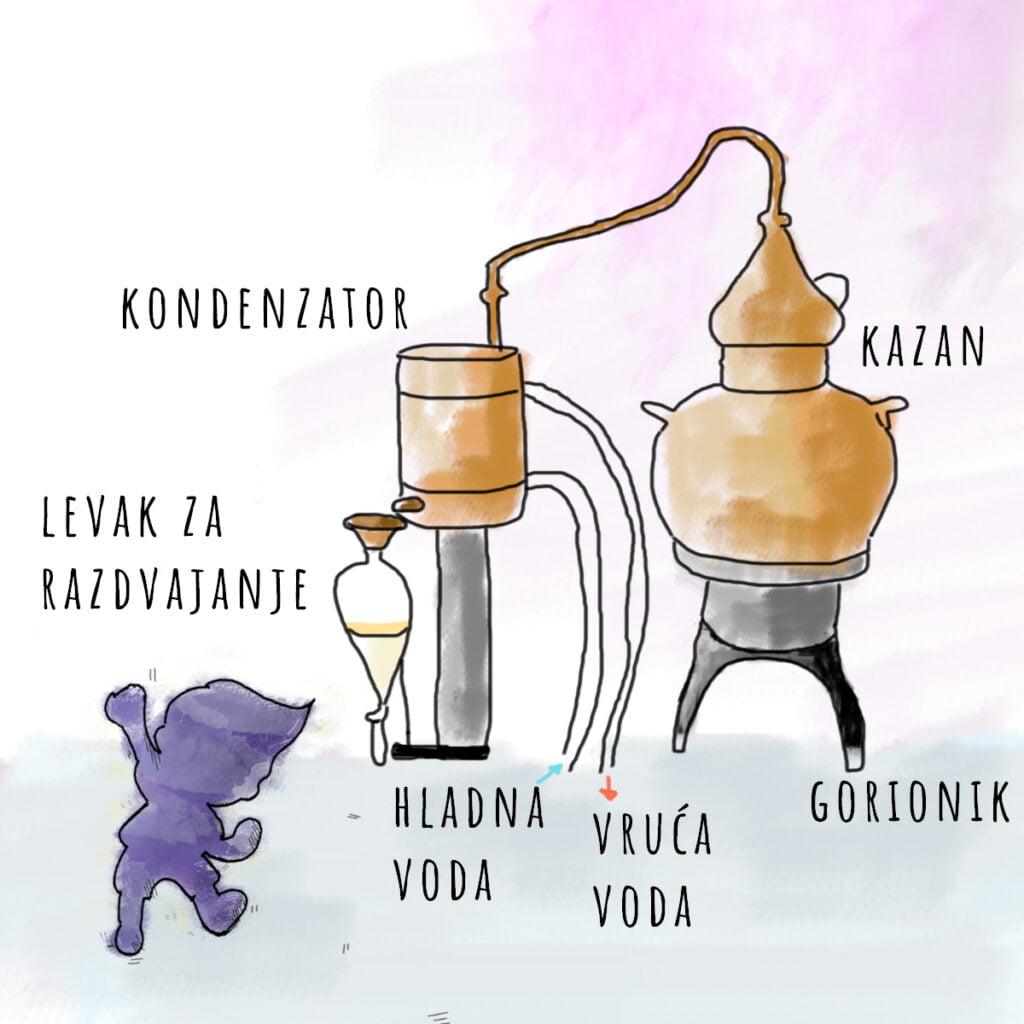
How to fill the distillation boiler
Before setting up the entire distillation apparatus, lavender stems need to be cut and chopped, in order to extract the largest amount of essential oil from the plant material.
For a 60-liter boiler, 10 kilograms of fresh lavender is needed. For a 300-liter cauldron you will need 50 kilograms of plant material.
10 kilograms of fresh lavender flowers can be harvested from 6 to 12 lavender bushes depending on the variety and age.
Lavender for distillation is usually harvested at the end of the season, when it is at the end of full bloom. When the plant is in full bloom, then the most essential oil is present in the flower itself.
When filling the boiler with plant material, it is necessary to distribute and pack the raw material well and avoid the occurrence of "air pockets". When filling, lavender is placed in the space between the limiters to the top of the cauldron.
When the cauldron is properly filled, it is necessary to lower the lid and connect the cauldron to the condenser and slowly turn on the burner under the cauldron.
The magic begins.
Distillation process
This is the part when the entire magic unfolds before our eyes. Just like when vegetables are steamed, the whole essence of the distillation process is that by boiling water from the bottom of the boiler, water vapor is created that passes through the plant material that is in the boiler.
While water vapor passes through the lavender that is in the boiler, under the pressure that is created in the boiler, the plant material releases essential oil.
Did you know that there is a higher concentration of essential oil in lavender buds than in the flower itself?
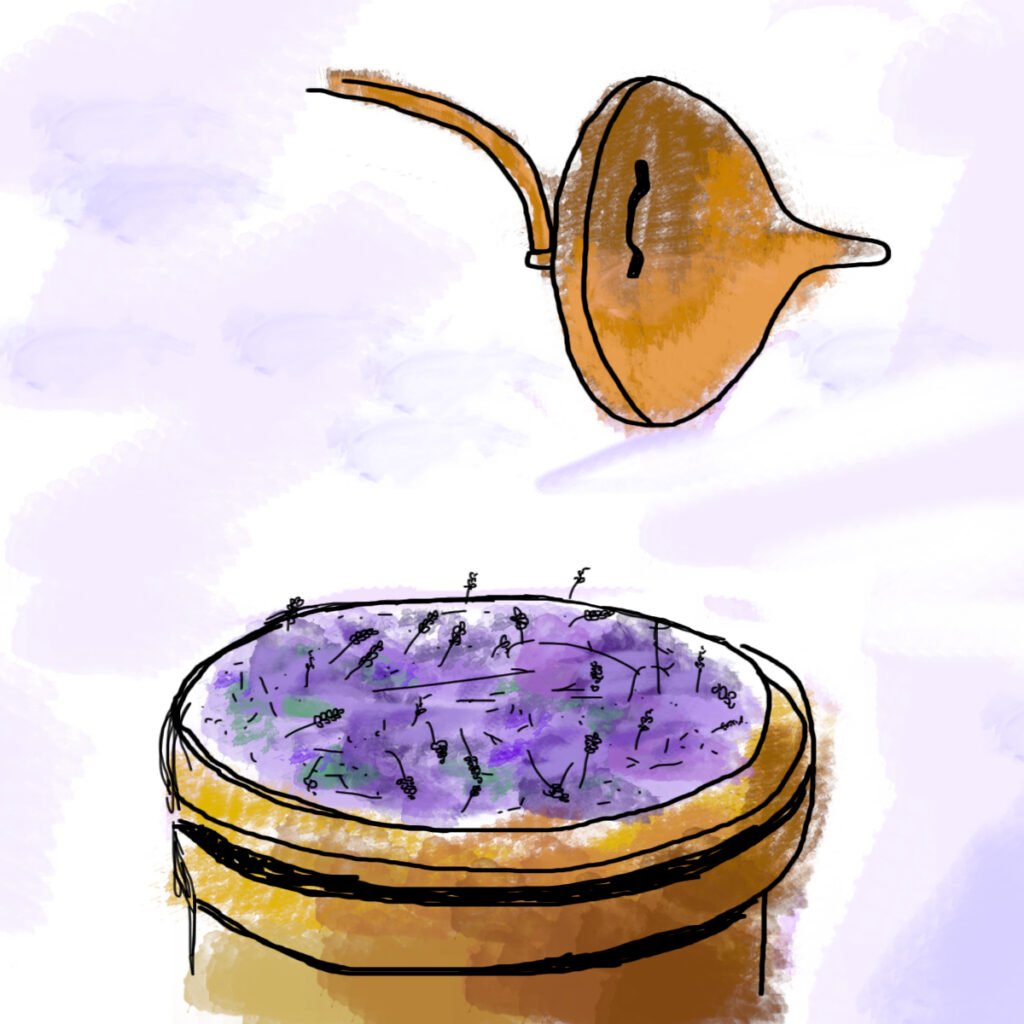
Condensation
During the distillation process, the smaller vessel that connects to the boiler is called a condenser. The condenser is the part that contains a metal pipe through which water vapor passes that contains particles of essential oil. In the condenser, the water vapor is cooled.
The pipe inside the condenser is bent in such a way that it forms a coil, so that the water vapor can be cooled more efficiently and faster. It is important to note that the condenser is filled with cold water, which needs to be changed during the process.
In this way, water vapor that is in gaseous state, passing through the coil, transitions back to liquid state.
The water with which the condenser is filled, during the process gets heated, and thus we get hot water that is discharged through a valve at the top of the condenser.
The hot water is then replaced with cold water, so that the water vapor condensation process can continue uninterrupted.
After the water vapor returns to liquid state through condensation, the liquid droplets go into a separation funnel, where hydrolat and essential oil will be collected.
Separation of oil and hydrolat
This part of the distillation process is quite simple, but it is often possible to make some mistake.
When essential oil and water come out of the condenser, they are placed in a separation funnel. It is generally known that oil and water cannot mix, and there is nothing new there.
Have you wondered why oil floats on the surface of water?
If you think that water is heavier than oil, then that is not correct.
Water is denser than oil and therefore water sinks to the bottom. The second reason is that the bonds between water molecules are much stronger, and oil molecules cannot break them.
Essential oils, like other oils, have a property called "hydrophobia", i.e. the inability to mix with water.
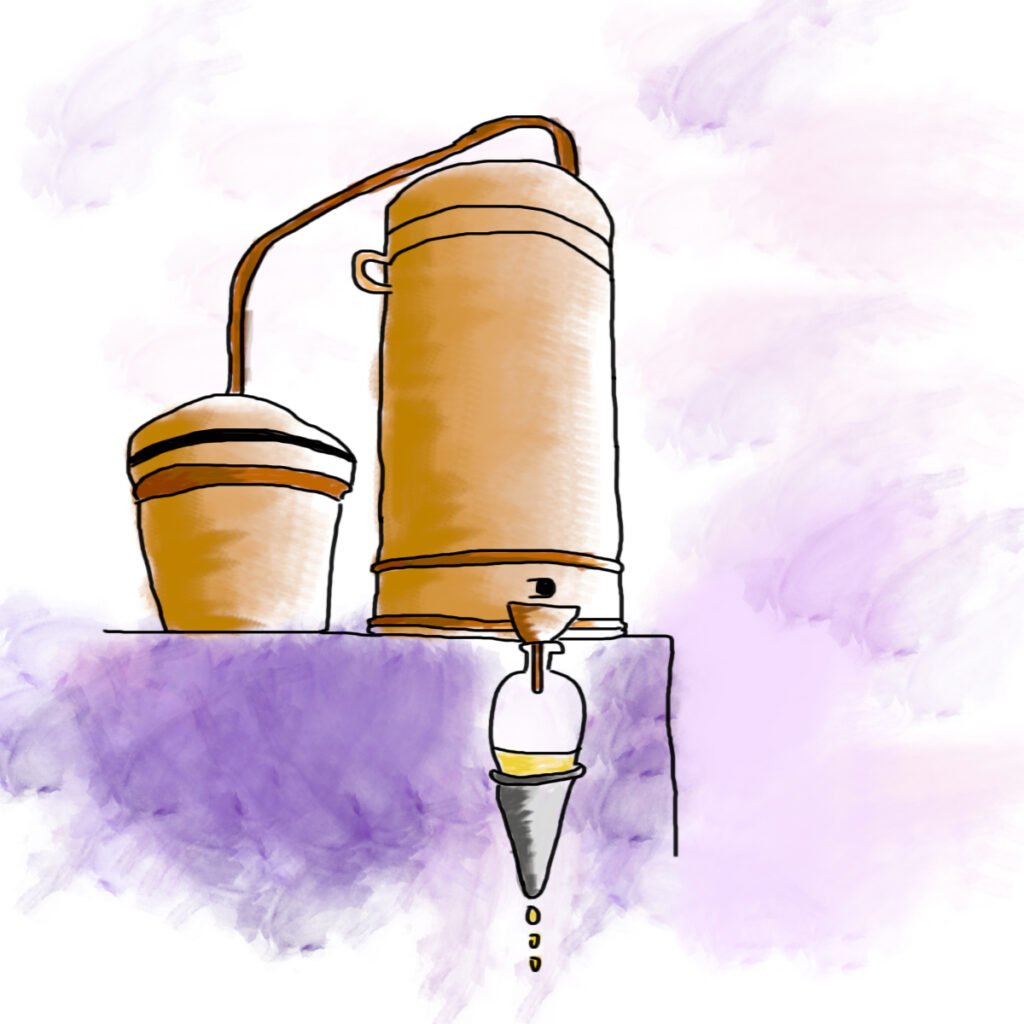
Natural cosmetics for you!
If you want to see all our products, visit our store.
Collection of essential oil
The amount of lavender essential oil obtained during the distillation process depends on various factors.
Lavender varieties such as Lavandula X Intermedia or lavandin yield a lot of essential oil. The Grosso variety, as one of the popular varieties, can also have quite a good amount of oil.
By distilling the variety Grosso, can be expected 225 – 300 ml essential oil, by distillation 12 kilograms plant material in a boiler of 60 liters.
Variety Lavandula Angustifolia (English lavender) does not have a large amount of essential oil, but its oil is the most sought after and most valuable.
By distilling this variety it is expected to obtain 30 – 120 ml from 12 kilograms plant material.
Essential oil obtained from the Grosso variety or from lavandin contains a lot of camphor. This is of course nothing bad, it just has a different application.
English lavender essential oil is most commonly used for its medicinal properties in cosmetics and aromatherapy, while essential oils of other lavender varieties are used in perfume production.
Copper or stainless steel?
Why do we use copper vessels during the distillation process?
By using copper in the distillation process, lavender essential oil has a much fresher, more natural and stronger scent.
This is possible because, by using copper elements we remove sulfur that can be found in small amounts in the plant material itself.
A simple scientific explanation would be, copper molecule has 2 positive ions, while sulfur has 2 negative ions. Through chemical reaction, these molecules combine, resulting in a turquoise green colored matter at the bottom and on the walls of the boiler, which we call copper sulfate. At the end of the distillation process, copper sulfate is very easily cleaned with ordinary water, and does not end up in our essential oil packaging.
Hydrolat
Hydrolat technically it is not oil, but hydrolats, essential and infused oils are usually grouped together because they have their application in cosmetics and aromatherapy.
Hydrolat is a substance that is also called floral water.
Lavender hydrosol is obtained as a byproduct during the essential oil distillation process.
Lavender hydrolat finds its application in various perfumes or air fresheners, as well as in cosmetics.
Infused lavender oil (macerate)
The beautiful lavandin scent and aroma are known to everyone. The pleasant aroma of lavandin oil has shown excellent results in treating problems such as anxiety, stress, depression and insomnia.
Besides that, lavandin oil also has many other applications.
Lavender oil can be used in the fight against annoying insects, such as flies, mosquitoes and flies.
Also, lavandin oil is known for its medicinal properties. Scientific studies have shown that lavandin oil has strong anti-inflammatory and antibacterial properties, so it can be used as a natural disinfectant or can be used for treating and healing wounds. Therefore, lavandin oil is recommended in treating rashes, burns, acne, scars, eczema or stretch marks on the skin.
After all of this, it is clear why lavender is an integral part of many cosmetic products.
How to use infused lavender oil?
- Face serum – Lavender is known for solving problems with acne and pimples. Put a few drops of lavender oil on your face, distribute evenly and gently rub in. In this way you can solve problems with wounds on the face and relieve rash or irritations.
- Face cleansing oil – Rub lavender oil on your face and massage the skin for about thirty seconds, like when you wash your face. After that, heat a cloth or towel and put it on your face to steam. Hold the cloth on your face for about thirty seconds. In this way, the pores on the skin open and expand, which allows the oil to penetrate deeper into the skin and remove impurities. After that, rinse the cloth and rinse your face with water.
- Massage oil – Lavender oil can very simply be used as massage oil. Besides making the massage much more pleasant with the lavender scent, it will relieve muscle pain and make you more relaxed.
- For hair care and growth – Lavender oil can be used for deep hydration of hair and scalp. Research have shown that lavender oil helps with new hair growth. Apply a thin layer of lavender oil to your hair and massage into the scalp. Leave the oil to sit for 15 minutes and then wash your hair with shampoo. With regular use you will notice that your hair becomes healthier and fuller.
- For makeup removal – Oil is an excellent and natural way to remove makeup from your face. Oil collects impurities and allows you to remove makeup before sleep in a very simple way.
- For marinating food – Lavender oil is particularly popular for marinating meat. Of course, pay attention that the base oil that was used to obtain lavender oil is edible. During cooking, lavender oil strengthens the immune system and participates in fighting infections in the body.
Making infused lavender oil
Infused oil or as it is also known "macerate" is a plant oil or mixture of plant oils such as: olive oil, almond oil or grapeseed oil in which fresh or dried lavender flowers are soaked.
Sometimes it is possible to add stems or lavender leaves to the mixture.
The infusion process lasts about a month, where the mixture sits in a bright place with plenty of sunny hours. UV rays help the essential lavender oil that is in the flowers to pour into the base oil.
This process can be accelerated by heating the mixture or forming a "greenhouse".
After the infusion process is completed, the mixture needs to be strained several times, in order to remove all impurity particles.
In the end, an exceptionally medicinal final product is obtained that needs to be packaged in appropriate packaging, so that the quality of the oil remains as long as possible.
During the infusion process, it is important to pay attention that the plant itself is dried for several hours in the wind, so that moisture or dew from the plant does not end up in the final mixture. If water gets into the final mixture, it is possible that the product itself spoils, i.e. that bacteria or lichens form, which we definitely do not want.
If we want to extend the shelf life of infused oil, at the very end it is possible to add vitamin E extract, which acts as a natural preservative.
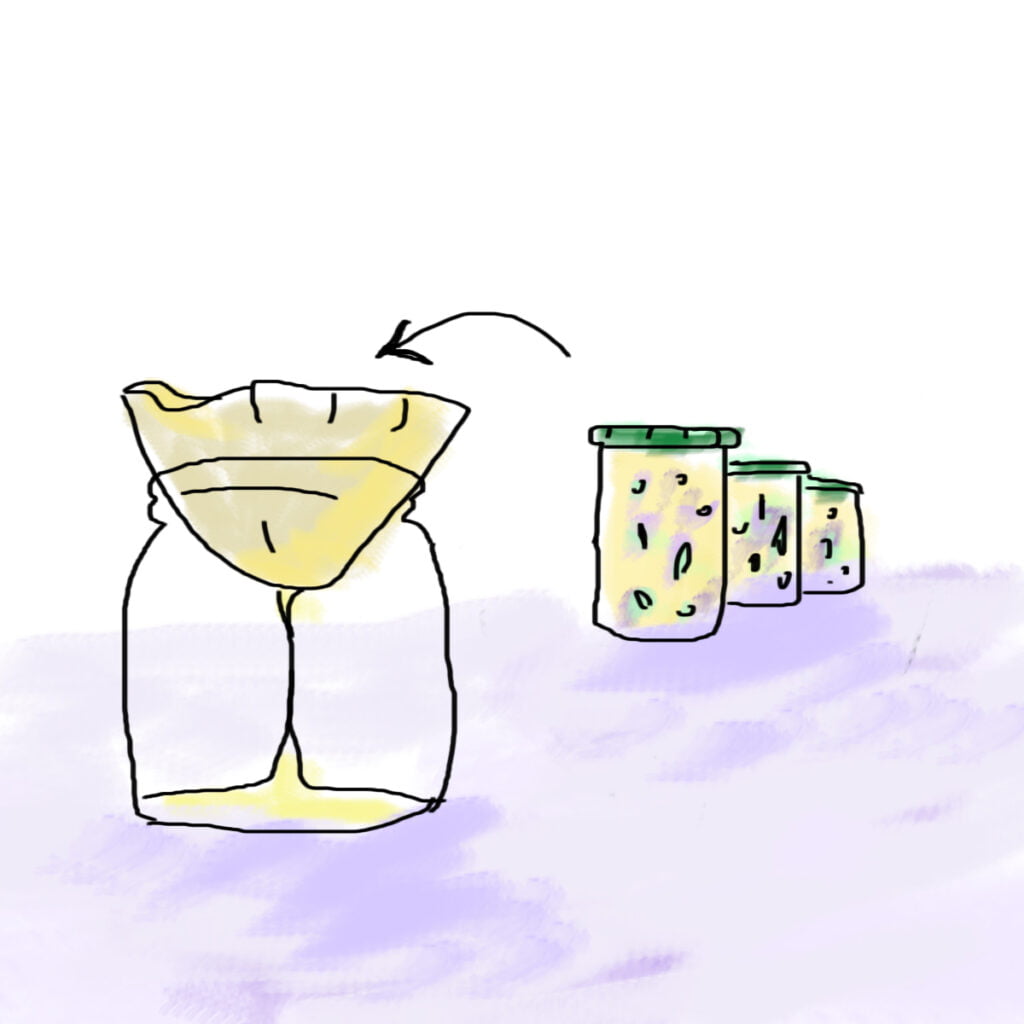
What type of lavender is used for infused oil?
A short answer would be: "Any type".
As always, a good choice is to choose organically grown lavender, and especially true English lavender, which besides its pleasant scent also has medicinal properties.
If we want to use lavender oil in cooking, we should stick to edible varieties such as English lavender or Lavandula X Intermedia.
Although technically edible, varieties such as Spanish or French lavender have a bitter taste due to the large amount of camphor in them.
All types of lavender have excellent anti-inflammatory, antibacterial and anti-anxiety properties.
The quality and condition of lavender flowers when making infused oil is actually much more significant than the lavender variety itself.
It is necessary to use completely dry lavender flowers when infusing oil, because the presence of water and moisture can affect the quality and shelf life of the final product. As we have already mentioned, oil and water cannot mix.
Base oils for making lavender oil
To obtain quality infused lavender oil, it is necessary to use quality, unrefined or cold-pressed base oil.
Oils used in cosmetics are evaluated by comedogenic scale from 1 to 5.
Oils that have a lower rating on this scale do not affect pore clogging. Oils that have a high rating on this scale, very intensively affect pore clogging.
Based on this factor and the purpose of infused oil, a quality base oil can be selected for making infused oil.
- Grapeseed oil – this oil kills microbes and has a rating of 1 on the comedogenic scale.
It is not too oily, helps fight acne and the skin absorbs it easily. Also, this oil is edible at room temperature, but is not recommended for cooking or frying at high temperatures. - Olive oil – it is already known to everyone that olive oil is very rich in saturated fatty acids and that it nourishes the skin by itself. This oil has a value of 2 on the comedogenic scale. It is edible and safe for consumption in all forms.
- Almond oil – hydrates the skin more intensely than grapeseed oil, but has a rating of 2 on the comedogenic scale. It is a good choice for sensitive skin care or for baby care. It removes excess sebum, reduces scars, eczema and acne.
Almond oil can be used against excessive skin pigmentation or reducing dark circles under the eyes. - Jojoba oil – It is considered a non-comedogenic oil, because it has a rating of 2 on this scale. This oil is easily absorbed and is not too oily. It has a very similar chemical composition to the natural oil that our skin secretes. Jojoba oil affects the reduction of sebum amount and accelerates wound healing. Jojoba oil is not edible.
- Wild rose oil – This oil is very rich in saturated fatty acids and vitamins E and A. It enables faster regeneration of skin cells, thereby reducing wrinkles and skin pigmentation. Wild rose oil has a rating of 2 on the comedogenic scale. This oil is not edible.
- Avocado oil – this oil is quite thick and oily, but is very effective when it comes to skin hydration. Avocado oil reduces wrinkles and age spots, but also makes the skin extremely soft. On the comedogenic scale it has a rating of 3.
- Argan oil – this oil is also known as Moroccan oil. There are two types of argan oil: edible and cosmetic. Argan oil is proven effective in fighting sunburn, as well as helping in the fight against wrinkles and stretch marks. On the comedogenic scale argan oil has a rating of zero.
- Sunflower oil – This oil is very rich in vitamin E, which is a very powerful natural antioxidant. Sunflower oil can contain oleic acid in high, medium or low concentration. Sunflower oil with low concentration of oleic acid has a rating close to zero.
Essential or infused lavender oil?
How to distinguish the type of oil?
Difference in price
Infused oil is as a rule always cheaper than pure essential oil, for the simple reason that it does not require complex equipment for production. Production of infused oil does not require special equipment and can be made in smaller quantities. If the oil being offered to you seems too cheap, it is most likely infused oil or even diluted essential oil.
- Pure essential oil usually ranges in price from
300 – 500 rsd for packaging of 10 ml. - Infused oil usually ranges in price from
300 – 500 rsd for packaging of 50 ml.

Difference in concentration
Essential oils are always highly concentrated, while infused oils are as a rule of milder scent and concentration.
Essential lavender oil has an extremely strong scent and it is almost always necessary to avoid its direct application to the skin. Therefore, essential oil must be diluted with some base oil, while with infused oil this step is not necessary and it can be used immediately.
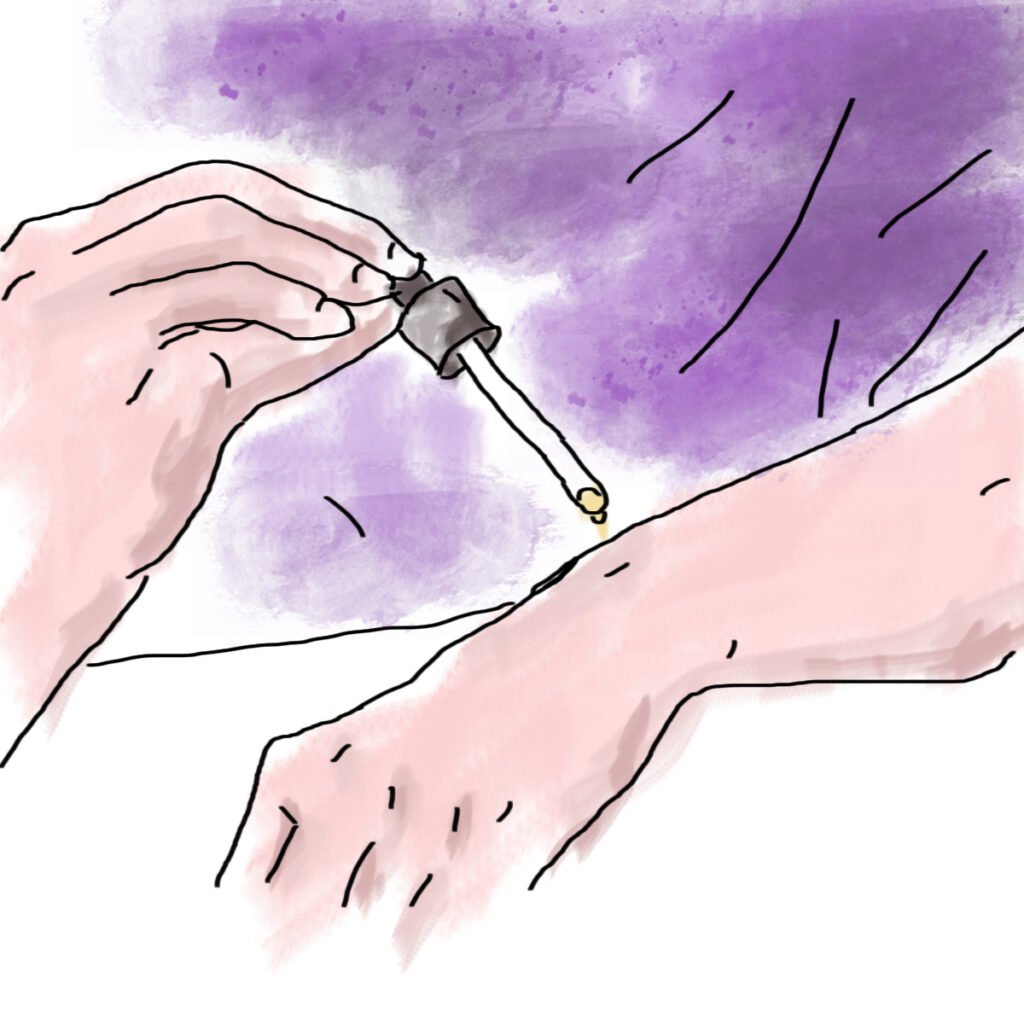
Difference in packaging
Generally speaking, there are different packages on the market in which essential or infused oils come. Of course, the quality ones always come in glass packaging.
What is another important characteristic when it comes to packaging is that pure essential oils must be packaged in dark glass packaging, because sunlight and UV rays can reduce their quality.
Infused oils do not react to UV rays in the same way and therefore can come in either transparent or darkened packaging.
Balavander's essential and infused oils always come in darkened glass packaging.
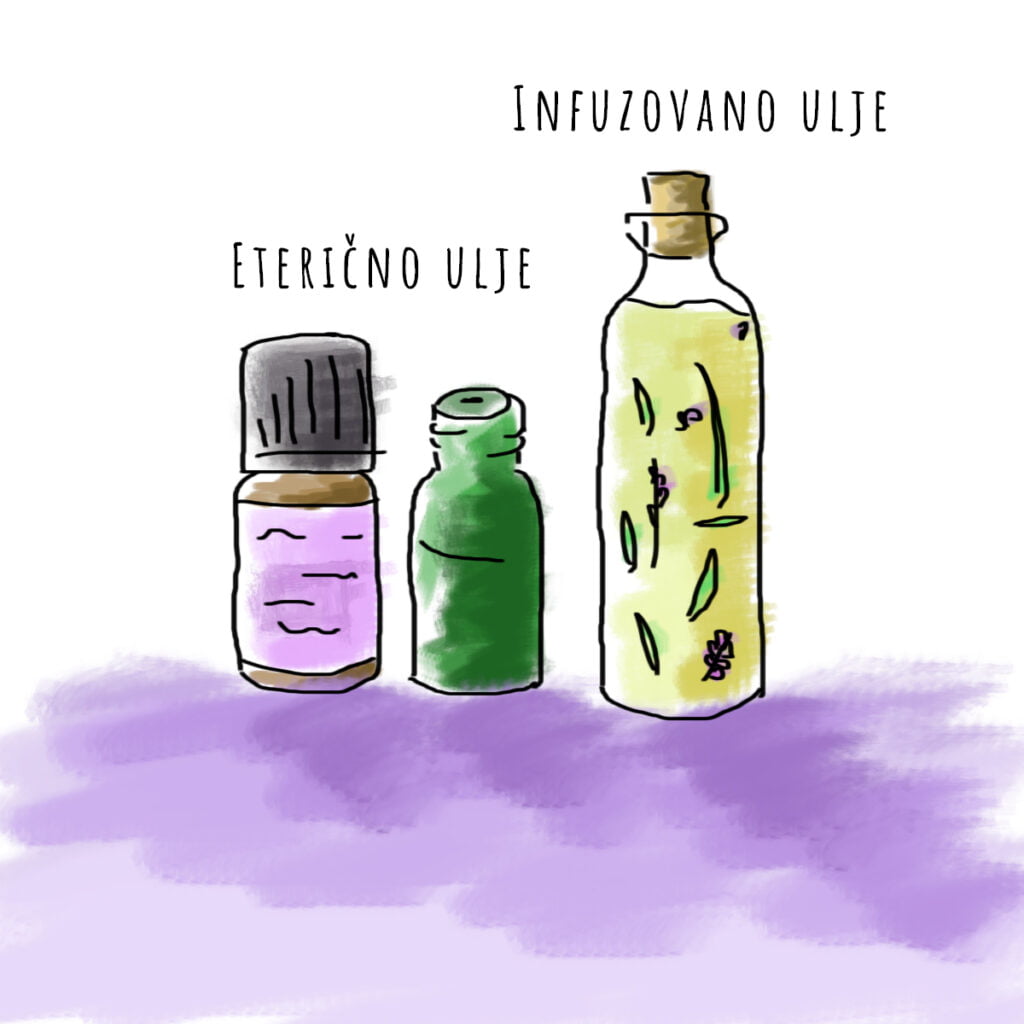
Distinguishing popular oils
If you are already familiar with different essential and infused oils, then it will be easy for you to distinguish one from the other.
One should be aware that from some plants it is not possible to obtain essential oil in the distillation process and that oils from these medicinal plants are almost always obtained in the infusion process.
Examples of oils that are almost always actually infused oils are: calendula, chamomile, arnica, comfrey and similar. This is of course nothing bad, it's just important that you know when you buy something, that it is what is written on the label.
With lavender the case is a bit different and it is possible to obtain both types of oils from it depending on the need and purpose.
Combining essential and infused oil
If you want, you can always make your own combination of essential and infused oil. If for example you want to make massage oil yourself, you can take relaxing and medicinal infused lavender oil and add a few drops of lavender essential oil to it to enhance the scent, of course you can also add some other essential oil to make your own winning combination.
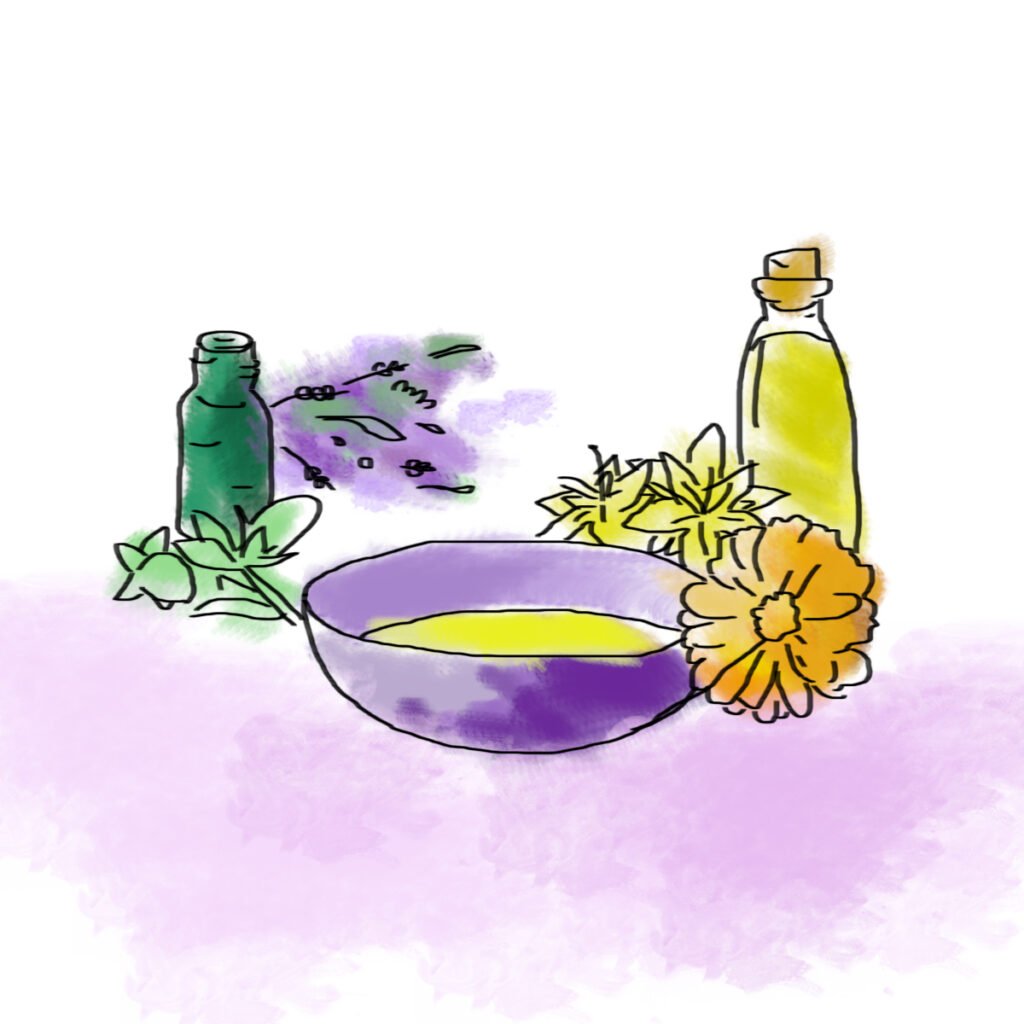
Conclusion
In this text we tried to show you all the possibilities and benefits that lavender as a plant brings, as well as how we can use its benefits in the form of essential or infused oil.
We have seen that both types of oils have wide application in the world around us, and the benefits they provide for our health are immeasurable.
Once again, thank you lavender.
With smile,
Balavander



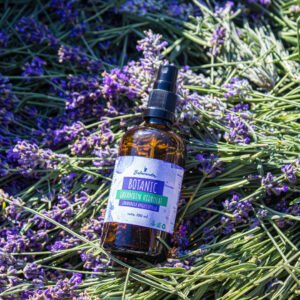
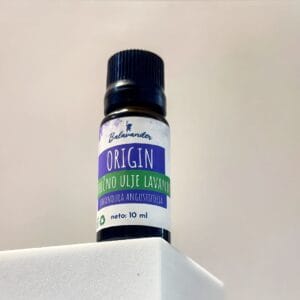
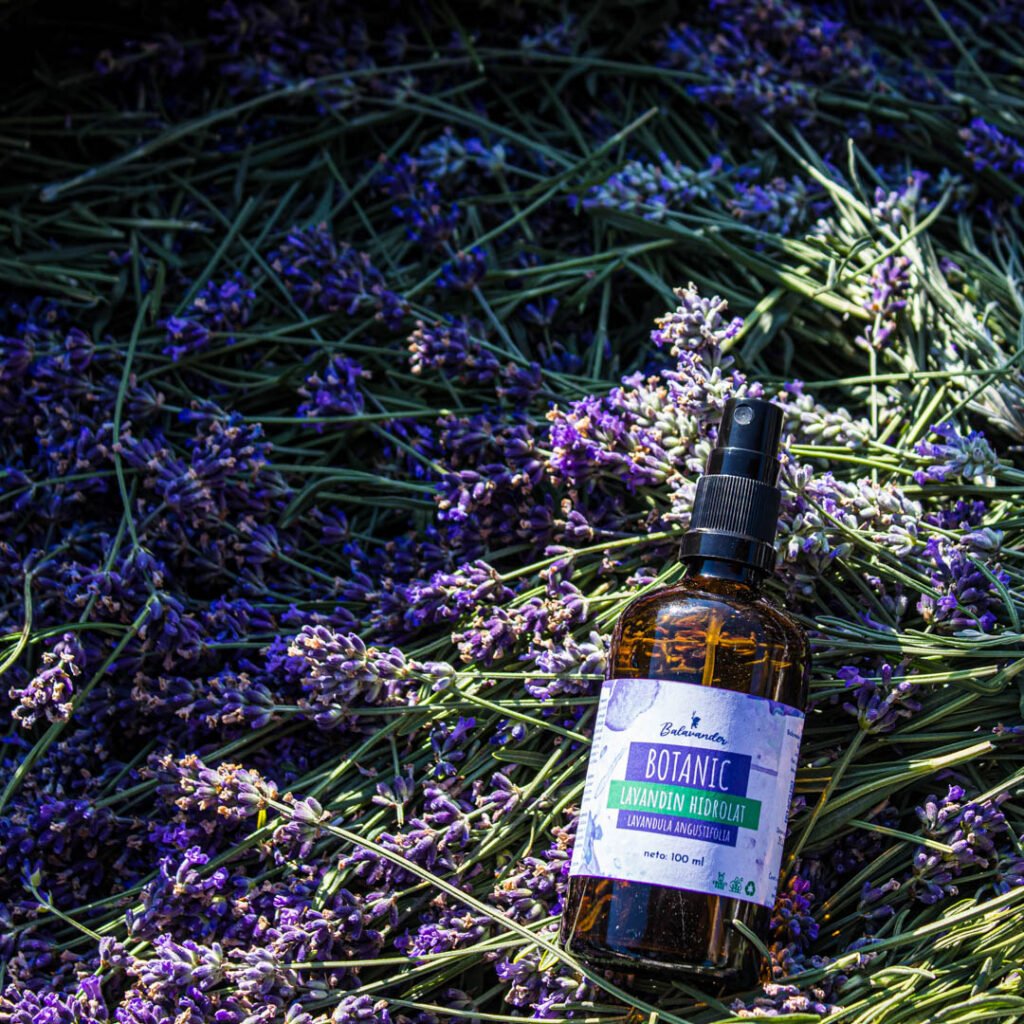
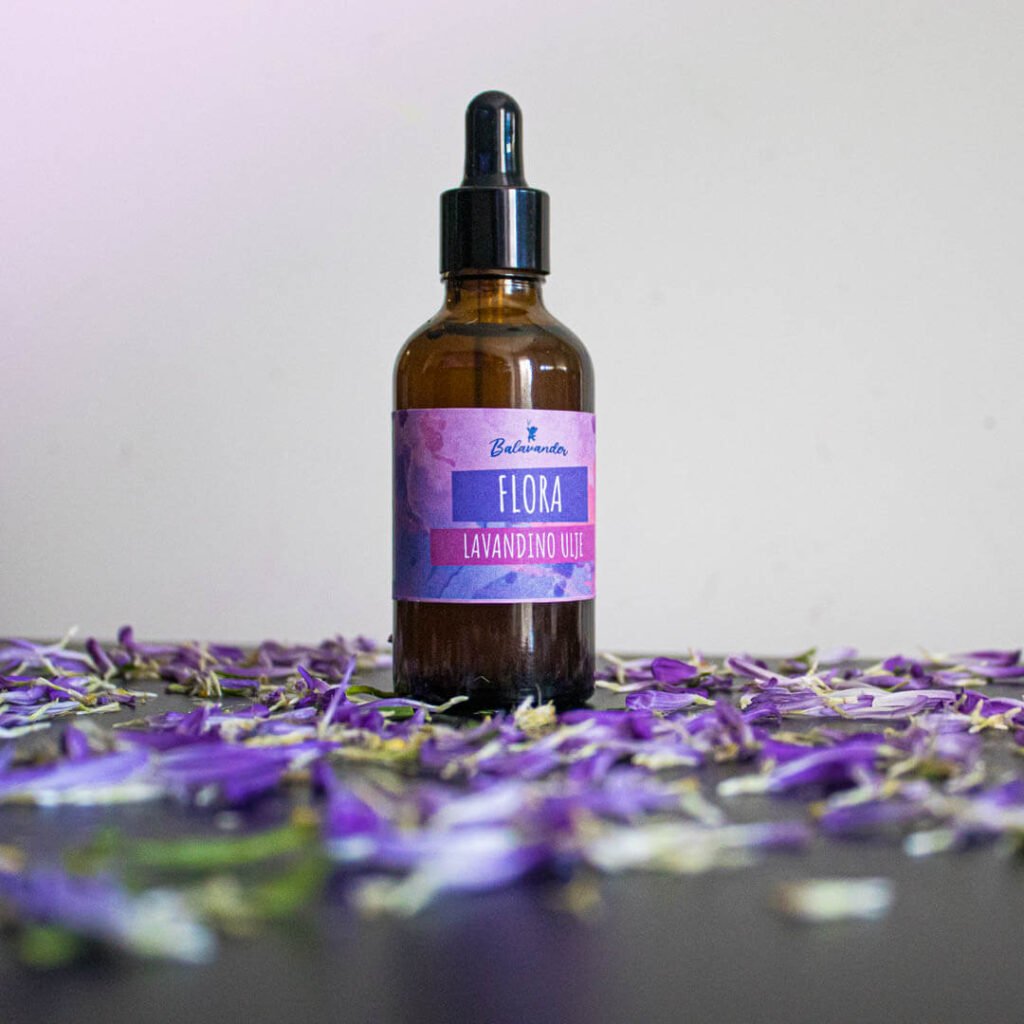
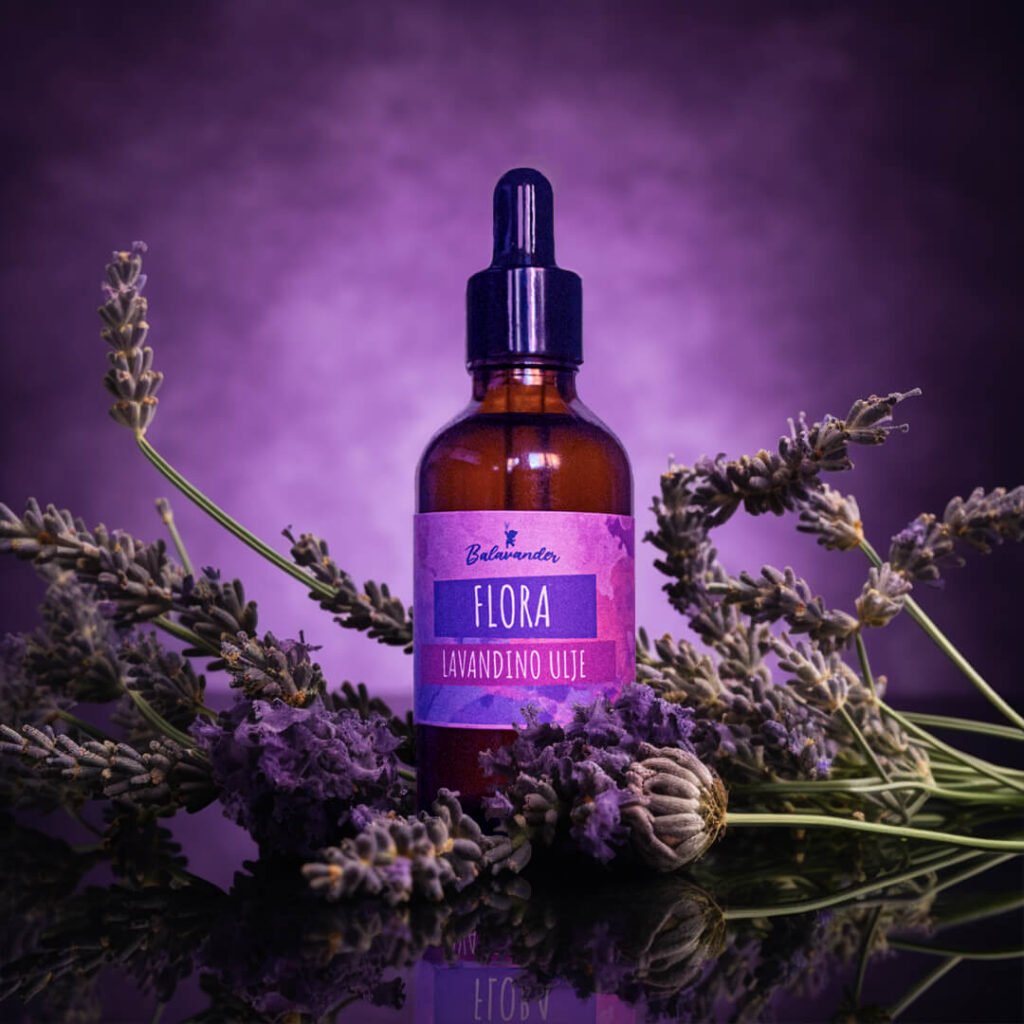
5 replies on “Ulje od lavande. Sve što treba da znate!”